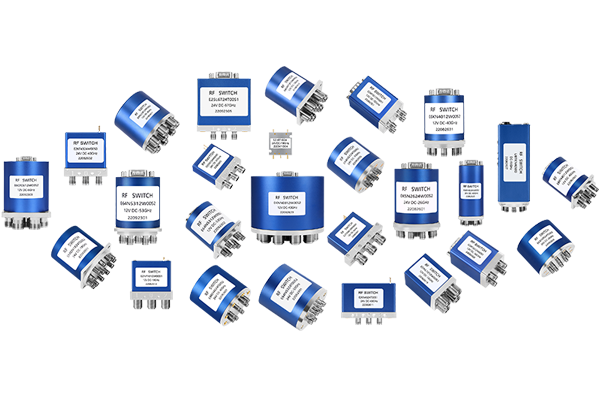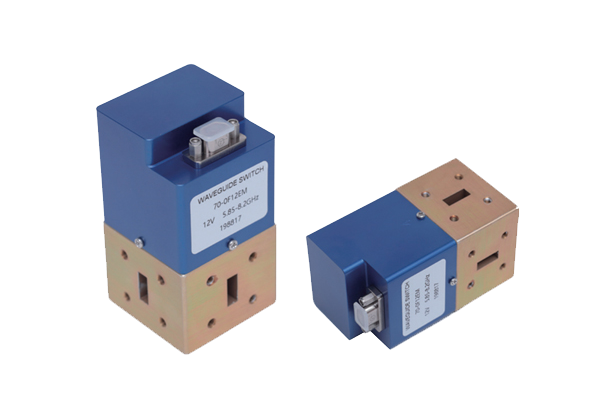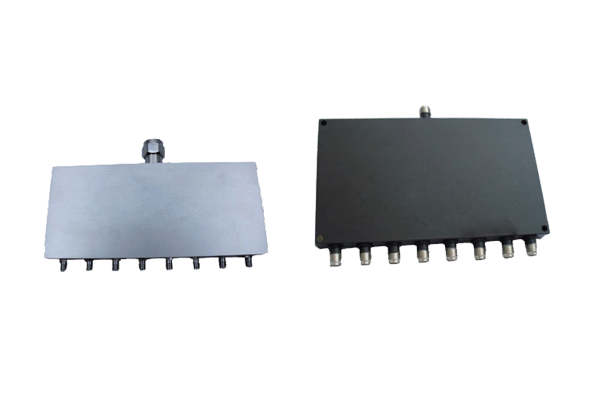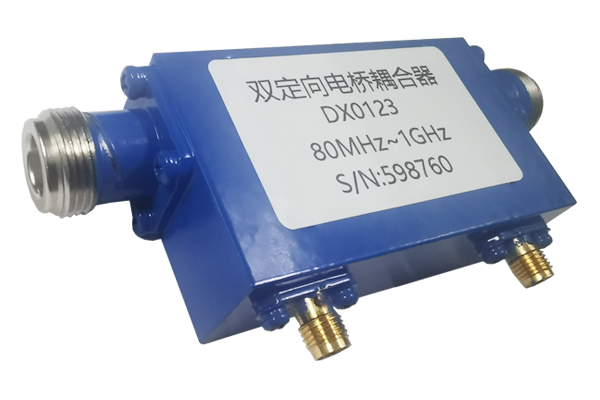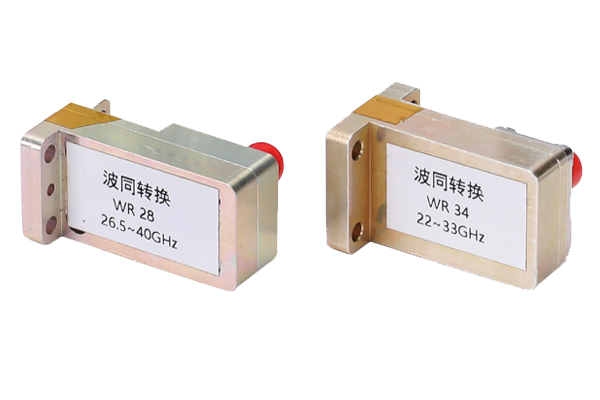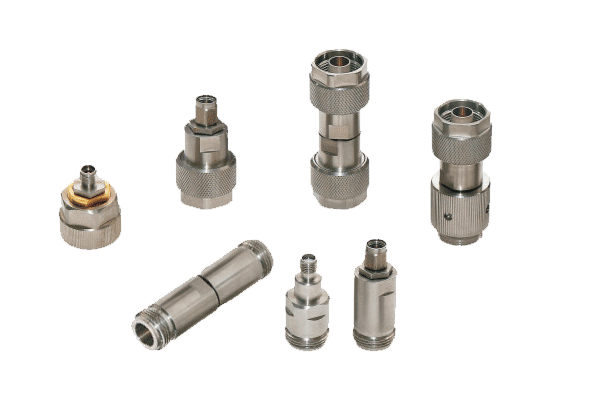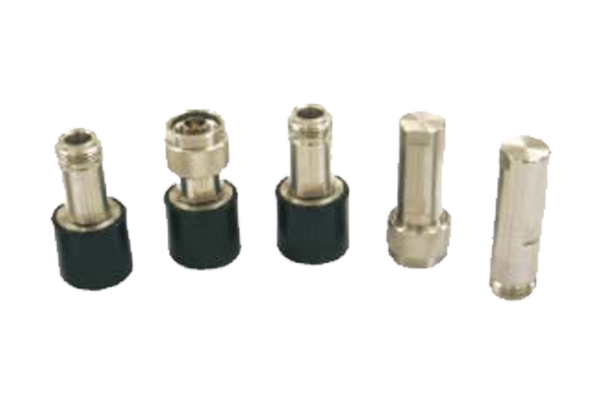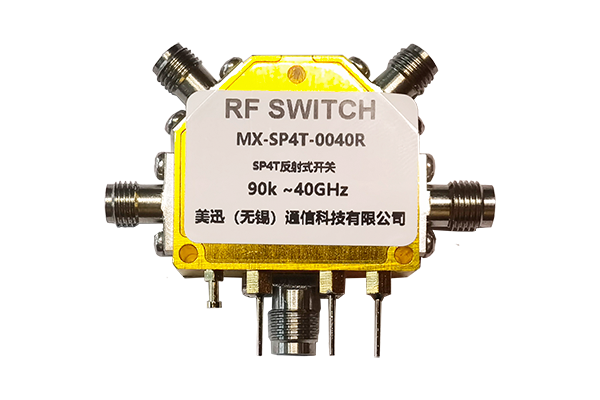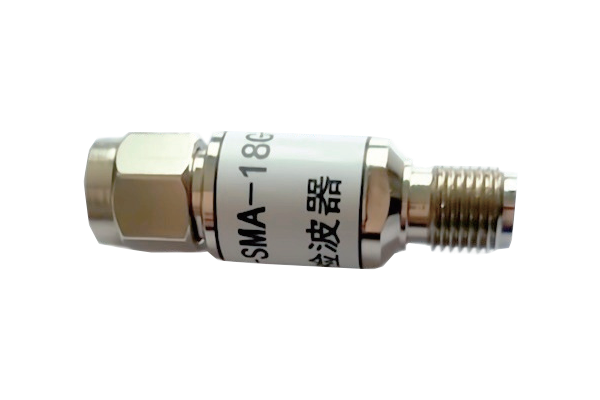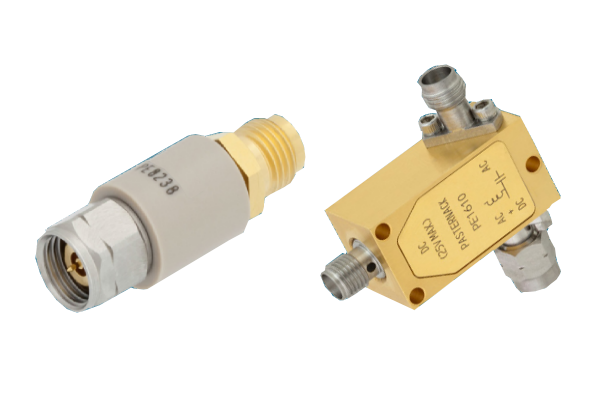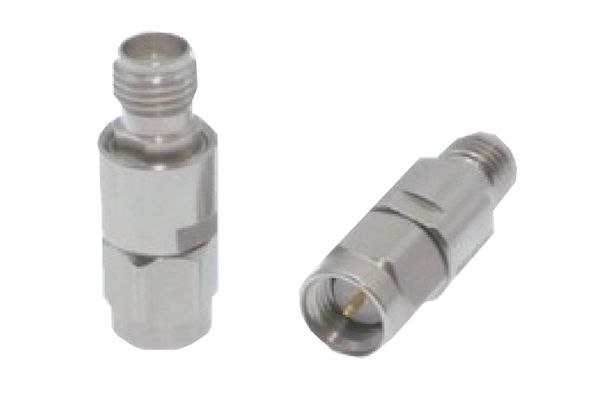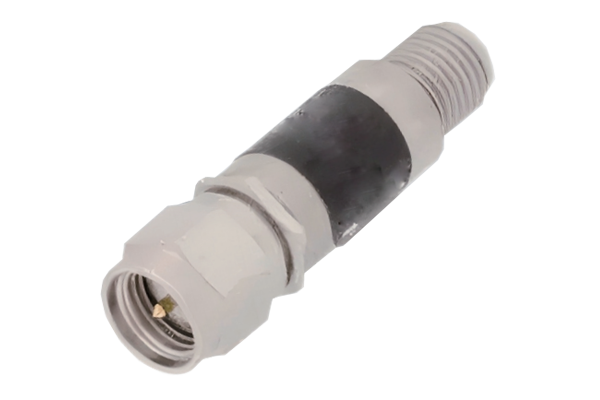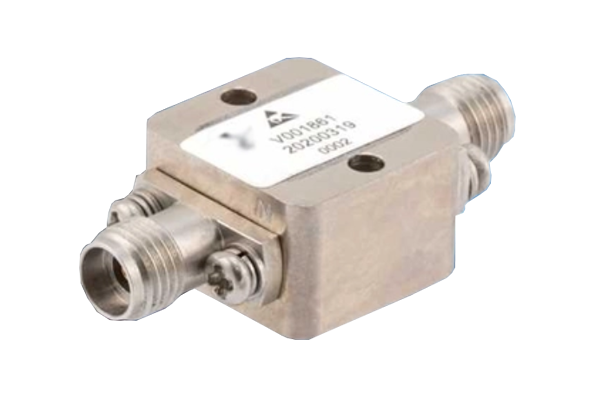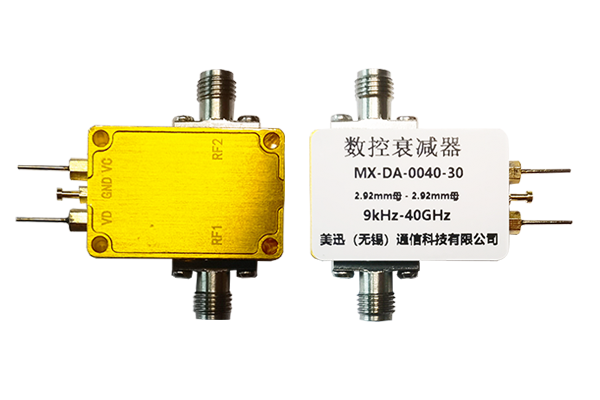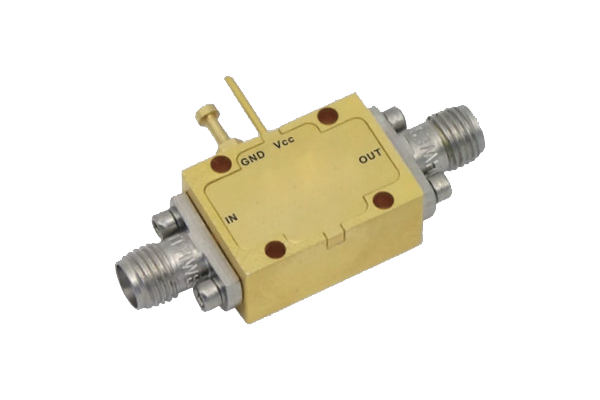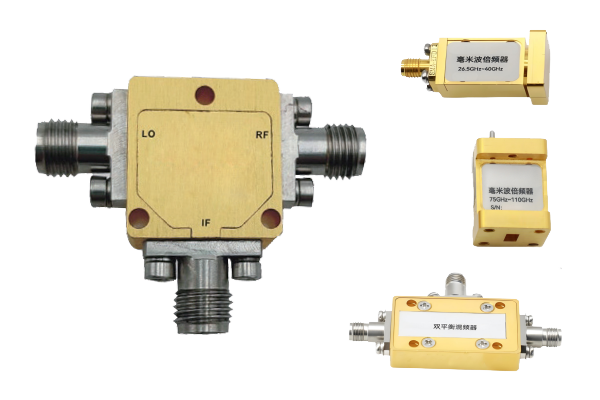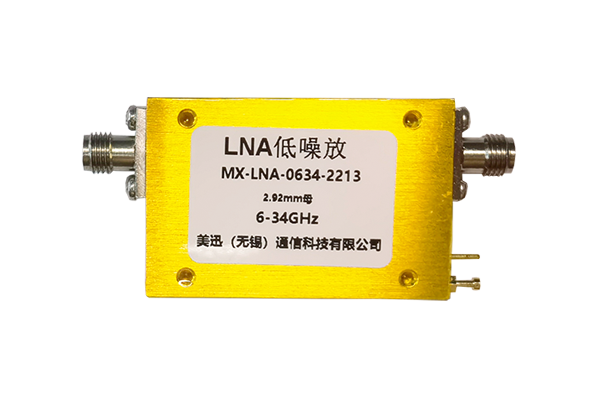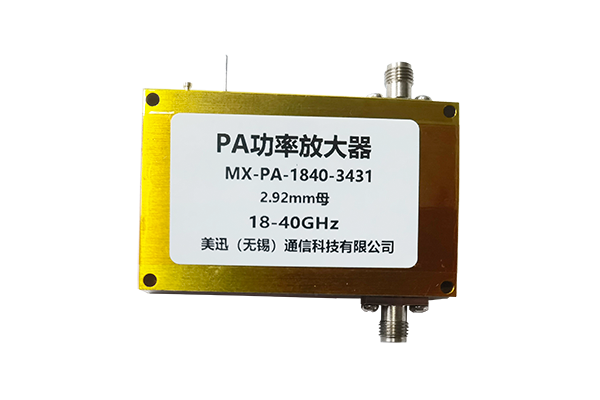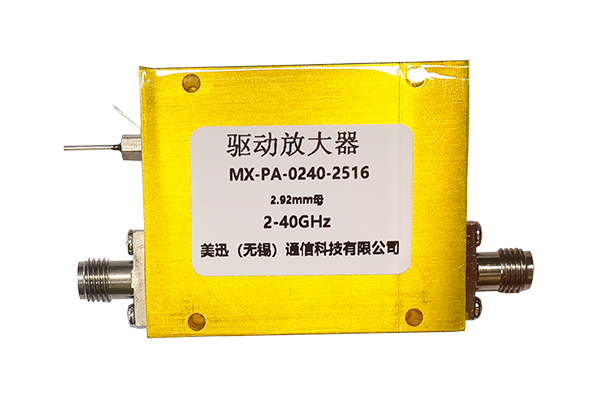How do coaxial switches achieve high - speed signal switching
High-Speed Coaxial Switch Technology
1. Low-Inertia Mechanical Design
-
Lightweight components like reed switches or piezoelectric actuators minimize mass
-
Enables sub-millisecond switching by reducing mechanical lag
-
Magnetic actuation further accelerates response times in electromechanical models
2. Solid-State Solutions
-
Semiconductor-based switches (e.g., PIN diodes, FETs) eliminate physical movement
-
Voltage-controlled current paths achieve nanosecond-scale switching
-
Ideal for GHz-frequency applications like 5G or radar systems
3. High-Frequency Circuit Engineering
-
Stripline architectures and air-dielectric structures reduce parasitic effects
-
Preserves signal integrity at high speeds
-
Impedance-matched connectors (e.g., 50Ω) minimize reflections and distortion
4. Thermal & Contact Optimization
-
Heat-resistant materials (e.g., ceramic, gold-plated contacts)
-
Low-contact-resistance designs (e.g., mercury-wetted relays)
-
Ensures stable conductivity and prevents arcing during rapid operations
5. Advanced Control Interfaces
-
Fast-response drivers and low-latency protocols (e.g., LVDS, SPI)
-
Reduces command-to-action delays
-
Suitable for real-time signal routing in automated testing or communication networks
This blend of technologies allows coaxial switches to handle signals up to 40+ GHz with switching speeds ranging from nanoseconds (solid-state) to microseconds (electromechanical), balancing precision and speed for modern high-frequency demands.



